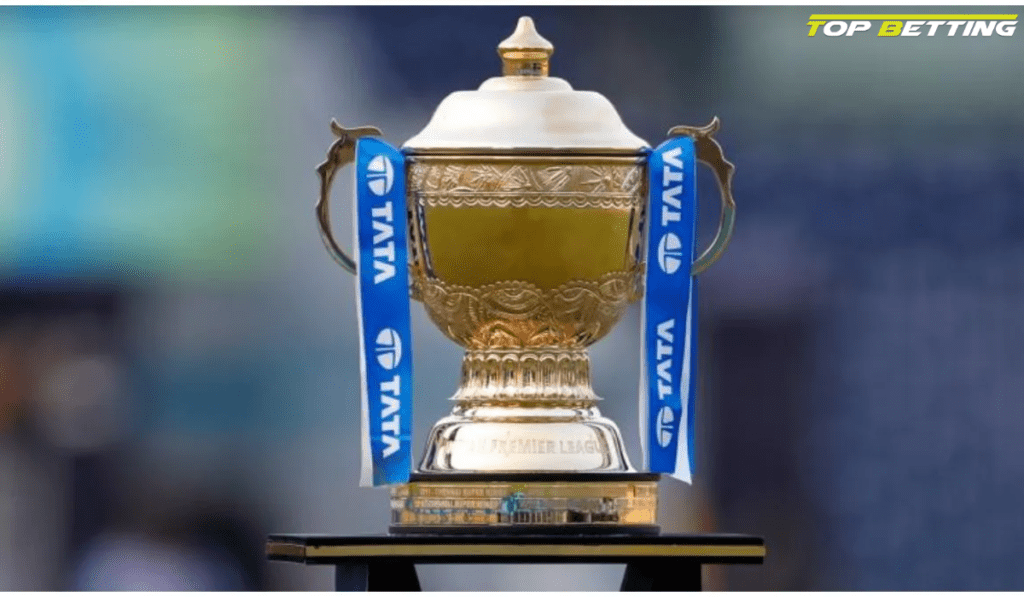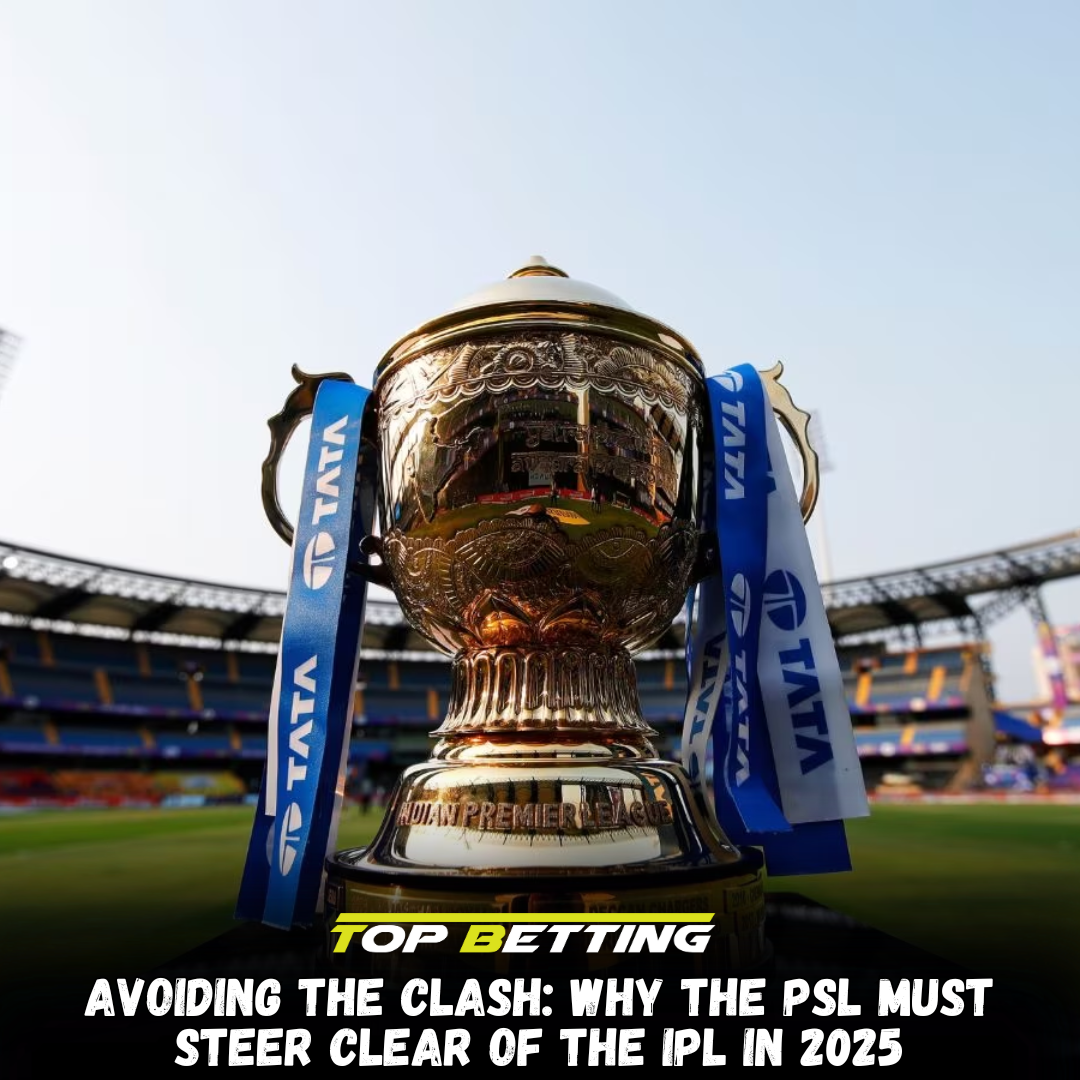
Avoiding the Clash Why the PSL Must Steer Clear of the IPL in 2025
The cricketing world is abuzz with the possibility of a colossal clash on the horizon – the potential overlap between the Pakistan Super League (PSL) and the Indian Premier League (IPL) in 2025. As the global cricket calendar continues to evolve, this looming scenario raises a host of concerns that demand careful consideration.
The IPL, widely regarded as the premier T20 league on the planet, has amassed a vast following and solidified its position as a juggernaut in the sport. Conversely, the PSL, while carving out its own niche, still finds itself in the shadow of its Indian counterpart. Should these two titans of the game collide in 2025, the implications could be far-reaching, potentially jeopardizing the growth and success of the PSL.
In this comprehensive analysis, we delve into the three primary reasons why the Pakistan Cricket Board (PCB) must steer clear of a direct clash between the PSL and the IPL in 2025. By understanding the nuances and potential consequences, we can uncover the strategic path forward that will best serve the interests of the PSL, its stakeholders, and the global cricketing landscape.
#1: Overseas Player Exodus
One of the primary concerns surrounding a PSL-IPL clash in 2025 is the potential exodus of overseas players from the Pakistan-based league. The IPL, with its unparalleled financial resources and global appeal, has long been a magnet for the world’s top cricketing talent.
History has shown that when faced with the choice between the IPL and other T20 leagues, many international players have opted for the lucrative and high-profile IPL opportunity. This trend is likely to continue, if not intensify, should the two leagues collide in 2025.
Cricketers such as Shai Hope, Rovman Powell, Shamar Joseph, and Luke Wood, who have previously participated in both the IPL and PSL, would be forced to make a difficult decision. Given the IPL’s superior brand recognition, player compensation, and media exposure, the majority of these players would likely choose to ply their trade in the Indian league, leaving the PSL with a significant void in its overseas player roster.
The absence of marquee international stars could have a detrimental impact on the overall quality of the PSL, diminishing its appeal to both domestic and global audiences. This, in turn, could lead to a decline in viewership, sponsorship, and overall commercial viability, ultimately undermining the league’s long-term growth and sustainability.
#2: Competing Broadcast Windows
Another crucial factor to consider is the timing and broadcast windows of the IPL and PSL in 2025. Both leagues typically schedule their matches to commence around 7:30 PM in their respective time zones, which means a substantial overlap in the live viewing hours for fans.
The IPL, with its vast global reach and dedicated fan base, is likely to command the lion’s share of viewership attention during this prime-time slot. This could result in a significant decline in the viewership numbers for the PSL, as cricket enthusiasts may be forced to choose between the two concurrent events.
Furthermore, the IPL’s established position as the more popular and widely followed league could lead to a disproportionate allocation of media resources, both in terms of television coverage and digital streaming. Broadcasters and digital platforms may prioritize the IPL, relegating the PSL to a secondary position in terms of coverage, highlights, and overall visibility.
This scenario could have a profound impact on the PSL’s ability to attract and retain sponsors, as well as its capacity to grow its fan base beyond the borders of Pakistan. The league’s commercial viability and long-term sustainability could be jeopardized if it fails to maintain a strong and consistent presence in the global cricket landscape.
#3: Direct Competition and Implications
The potential clash between the IPL and PSL in 2025 also raises concerns about the direct competition between the two leagues. While the cricket world has seen the emergence of numerous T20 leagues in recent years, the IPL stands out as the undisputed leader, commanding unparalleled attention and resources.
Historically, the PCB has struggled to secure a dedicated window for the PSL, with the league often forced to work around the schedules of international cricket and other domestic tournaments. This lack of a distinct and protected time frame has made it challenging for the PSL to establish a strong and consistent identity, often overshadowed by the global dominance of the IPL.
If the PSL were to directly compete with the IPL in 2025, the outcome could be inevitable. The sheer scale, financial muscle, and global appeal of the IPL would likely overwhelm the PSL, leading to a significant decline in the latter’s viewership, sponsorship, and overall commercial success.
Moreover, the direct clash could also have implications for the participation of international cricketers in the PSL. Players who have historically balanced their commitments between the IPL and PSL may be compelled to prioritize the Indian league, further weakening the talent pool available to the Pakistan-based tournament.
Conclusion: Safeguarding the PSL’s Future
In light of these compelling reasons, it is evident that a direct clash between the IPL and PSL in 2025 would be a detrimental move for the Pakistan-based league. The potential exodus of overseas players, the competitive broadcast windows, and the direct competition with the IPL’s global dominance could collectively undermine the PSL’s growth, stability, and long-term viability.
To safeguard the future of the PSL, the PCB must proactively engage with the relevant stakeholders, including the Board of Control for Cricket in India (BCCI), to explore alternative scheduling options. This may involve negotiating a separate window for the PSL, potentially shifting the tournament to a different time of the year, or exploring collaborative opportunities that allow both leagues to thrive without directly competing for resources and attention.
By taking a strategic and forward-thinking approach, the PCB can position the PSL as a complementary and valuable addition to the global cricketing calendar, rather than a direct rival to the IPL. This will not only ensure the continued success and growth of the PSL but also contribute to the overall enrichment of the sport, fostering a spirit of healthy competition and collaboration among the world’s premier T20 leagues.












